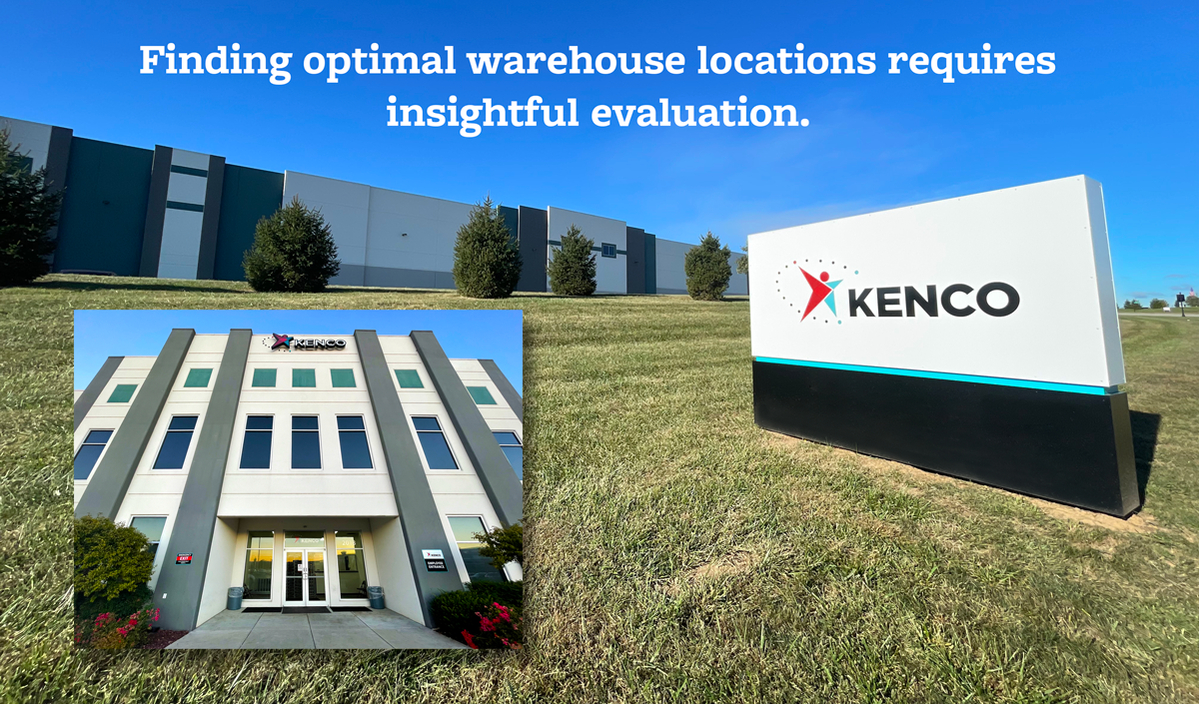
Looking for new warehousing and distribution space? It might seem like you’re out of luck.
The traditionally popular areas – Southern California (known as the Inland Empire) and Northern New Jersey – are out of space. Specifically, the overwhelming popularity of these two areas has driven a decline in availability as well as a surge in costs in terms of square footage and workers.
So what’s next? As it turns out, there are plenty of other viable options for warehousing and distribution space. Finding the right location simply requires an insightful evaluation and consideration of new trends.
How to Identify Optimal Warehouse Location(s)
The Inland Empire and Northern New Jersey have traditionally been popular locations for warehouses because of their proximity to high population areas as well as coastal routes. Plus, a location in each area covers both ends of the country.
But there’s a lot more to choosing an optimal warehouse location than just starting on the coasts.
Start by analyzing these four data points:
- Customer profile: Where are your customers located and who are they?
- Transportation costs: How can you balance the cost to transport goods to your customers from a given location with the average price per square foot in that area?
- Potential employee market: What is the density of the nearby population in terms of potential workforce and how does the cost of living in the area impact livable wages?
- Nearby modes of transport: How do you typically receive or ship goods (e.g., freeway, port, railway, airport) and what modes of transport are available nearby?
How to Determine if it’s Time for a Change
If skyrocketing prices for your existing warehouse locations in the Inland Empire and/or Northern New Jersey are giving you second thoughts, what should you do?
The best way to determine if a change is worthwhile is to focus on two key areas:
- Balancing space vs. transportation costs: If your rent for a space in the Inland Empire is about to triple, a move to another area might seem obvious. But it’s important to consider how that move will impact transportation costs. If it’s a wash, then the move might not be so lucrative after all.
- Scoping size requirements: Warehouse sites over 750K square feet are in shorter supply. As a result, going with more, smaller warehouses (e.g., less than 500K or even 250K square feet) can make it easier to find space and even improve agility.
Throughout this decision-making process, layering in the four data points noted above for location selection is critical to staying well-informed. Further, working with an expert partner who knows the market and your business, like a 3PL, can make all the difference.
Future Trends in Warehousing to Consider
Finally, the current spacing dilemma is forcing companies to find new ways to maximize warehouse space, and understanding the impact of these trends can help inform decisions about long-term locations – especially if you’re considering smaller spaces.
Two ways to maximize warehouse space that are already playing out include:
- Automation: Using robots and other automation-as-a-service can help reduce the amount of warehouse space needed, for example by allowing for smaller picking paths and optimizing storage space for goods and boxes. Automation can also reduce dependency on the nearby population as a workforce, opening up more location options.
- Multi-level warehouses: Building up rather than building out makes it possible to increase square footage without expanding the actual warehouse footprint. This shift does require deep consideration into how to best move goods throughout a multi-level warehouse, though (which is one area where automation can help).
The Future of Warehousing and Distribution May Look Different, But Opportunities Abound
The future of warehousing and distribution will look quite different than what it has in the past. Centers of gravity will shift, as will the number of warehouses companies have and what those spaces look like. But one thing is certain: Plenty of opportunities abound.
Against this backdrop, the key to success is to take the time to understand your options and evaluate potential locations with a long-term mindset, since you can’t just pick up a warehouse and move it on a yearly basis.
For a more detailed look on the changes in warehousing and distribution, plus an overview of six up-and-coming areas for distribution centers, download the full eBook, No Space to Be Found: Where Does Warehousing and Distribution Go From Here?

